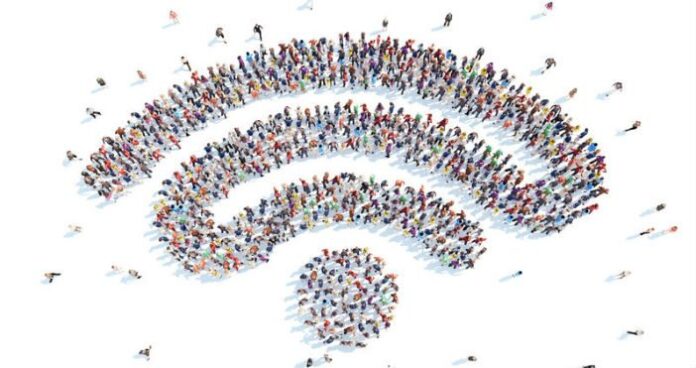Some consensus is developing around Wi-Fi coexistence with LTE over unlicensed spectrum and a test regime for ensuring the two technologies interact fairly is in the works, according to Wi-Fi Alliance. The group has taken the lead as the primary forum for industry to hash out skepticism and concerns over how well the LTE-U Forum’s LTE-U specifications will work when deployed with Wi-Fi nearby.
Kevin Robinson, VP of marketing for Wi-Fi Alliance, said an initial, recent LTE-U workshop brought together around 100 participants from 54 different companies and delivered consensus in several areas: that more detail was needed in the LTE-U specification; coexistence testing needed to look at a broader set of scenarios than has been studied to date; and a “consensus and commitment,” Robinson said, to develop a test regime within the Wi-Fi Alliance.
“It’s a difficult problem, don’t get me wrong,” Robinson said. “There’s still a lot of work to be done, particularly technical work around coexistence.”
Robinson said the LTE-U testing regime would seek to provide a basis on which to judge whether LTE-U devices share spectrum fairly with Wi-Fi. “Fairly” has been a bit of a hot-button word in the debate over LTE-U/Wi-Fi coexistence.
“By ‘fairly’, what we mean is that if you have a Wi-Fi network that is in operation and you introduce an LTE-U device, that the impact of that device on the Wi-Fi network and Wi-Fi devices is no worse than the impact of bringing a Wi-Fi network into that same environment,” Robinson said.
That concept has been at the root of industry sparring over LTE-U, with proponents such as Qualcomm pointing to testing that shows LTE-U can actually slightly improve Wi-Fi performance – while other testing has indicated significant degradation of Wi-Fi performance in the presence of LTE-U. LTE-U relies on Qualcomm’s carrier adaptive sensing technology, as well as duty cycling, in order to avoid interference with Wi-Fi. This is in contrast to the LAA version of LTE-U, which implements a listen-before-talk mechanism. Robinson said that Wi-Fi Alliance’s work will not determine what mechanisms might need to be added to LTE-U to ensure fair sharing – the testing will simply focus on whether the technology does share fairly.
“That’s up to the developers of LTE-U,” Robinson added.
The complexity of testing scenarios thus far has certainly been an issue. Robinson described the testing of LTE-U to date as “studies” in very controlled environments, done by very skilled testing experts, with limited numbers of scenarios or devices being examined.
“It doesn’t paint a full picture, and they’re limited to very basic scenarios – not at all what real-world deployments look like,” Robinson said. He added that the LTE-U test regime is expected to have three sections: one that covers basic scenarios; one that looks at issues at very low energy detect thresholds when LTE-U may not recognize that Wi-Fi is active, particularly if a device is at a distance; and complex scenarios that could encompass testing of multiple Wi-Fi and LTE-U networks to judge whether fair sharing is maintained.
The next workshop on LTE-U is scheduled for Feb. 10.
Wi-Fi Alliance recently commissioned a survey through Harris Group that confirmed the importance of Wi-Fi to consumers – but also noted most of them have little awareness of the impending technology addition of LTE over unlicensed.
Almost 75% of Americans said that always having Wi-Fi access is important in their daily lives, and they reported having, on average, four devices Wi-Fi enabled. But less than one-quarter of Americas surveyed has heard of LTE-U and even fewer were familiar with the term LAA or license-assisted access, the version of LTE-U which is being standardized for LTE Release 13. However, according to Wi-Fi Alliance, “three-quarters of Americans would be concerned about a technology that could jeopardize their access to free Wi-Fi availability. Moving forward, more than half of Americans say they are interested in the issue as it unfolds.”

